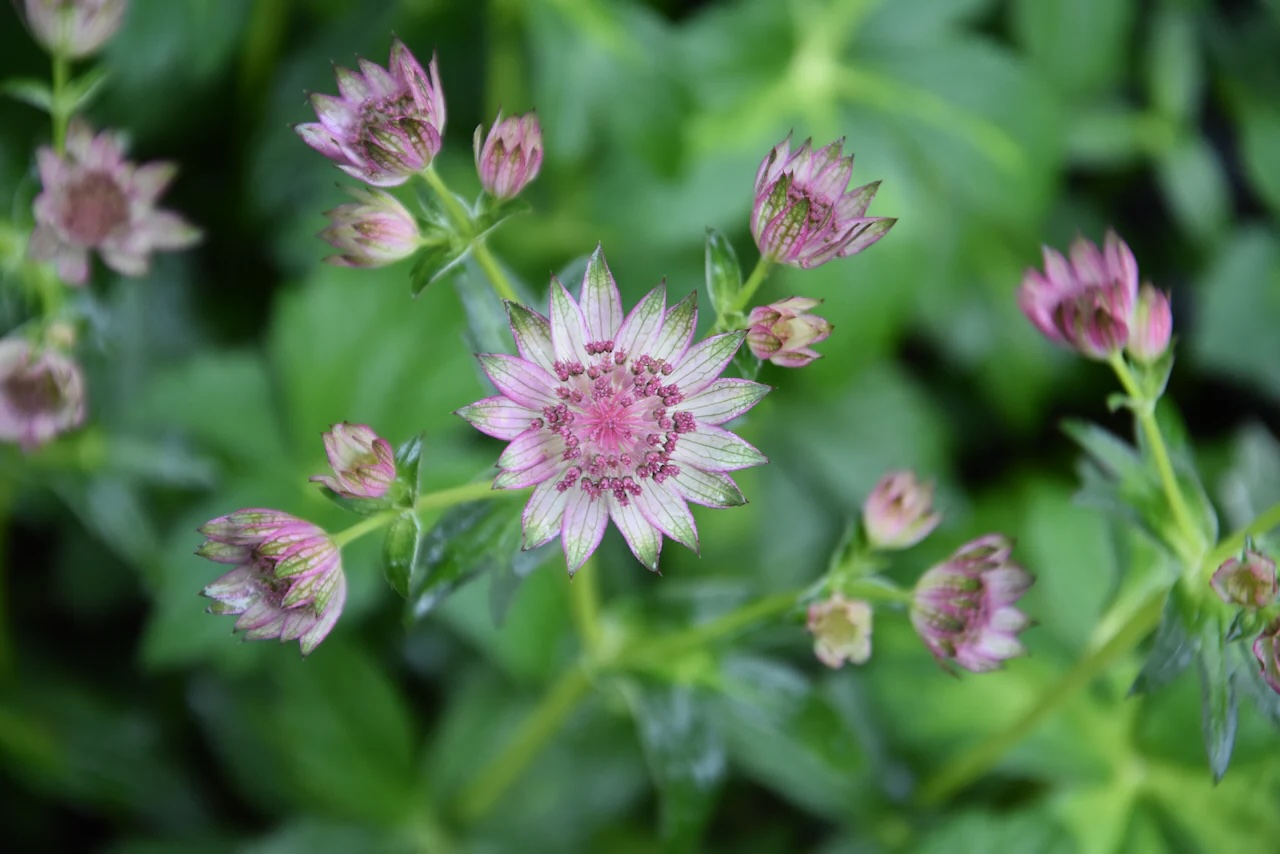
Masterwort, also known as Astrantia, is a captivating plant that has intrigued gardeners and botanists alike. But what makes Masterwort so special? This perennial plant, native to Europe, boasts unique star-shaped flowers that bloom in a variety of colors, from white to deep red. Its intricate blossoms and lush foliage make it a favorite in many gardens. Not only is it beautiful, but Masterwort is also known for its resilience and ability to thrive in shady spots where other plants might struggle. Whether you're a seasoned gardener or just starting out, learning about Masterwort can add a touch of elegance and charm to your garden. Ready to dive into some fascinating facts about this remarkable plant? Let's get started!
What is Masterwort?
Masterwort, also known as Astrantia, is a charming perennial plant that adds a touch of elegance to any garden. Its unique star-shaped flowers and lush foliage make it a favorite among gardeners. Here are some fascinating facts about this beautiful plant.
-
Masterwort belongs to the Apiaceae family, which also includes carrots and parsley.
-
The plant is native to Europe, particularly the Alps and Carpathians.
-
Astrantia comes in various colors, including white, pink, red, and purple.
-
The name "Astrantia" is derived from the Latin word "aster," meaning star, referring to the star-like shape of its flowers.
Growing Conditions for Masterwort
Understanding the growing conditions for Masterwort can help ensure its health and longevity. Here are some key points to consider.
-
Masterwort thrives in partial shade but can tolerate full sun in cooler climates.
-
It prefers moist, well-drained soil rich in organic matter.
-
The plant is hardy in USDA zones 4-7, making it suitable for a wide range of climates.
-
Regular watering is essential, especially during dry spells, to keep the soil consistently moist.
Benefits of Masterwort in the Garden
Masterwort is not just a pretty face; it offers several benefits to your garden. Let's explore some of them.
-
The plant attracts pollinators like bees and butterflies, promoting a healthy ecosystem.
-
Its long blooming period, from late spring to early autumn, ensures continuous color in the garden.
-
Masterwort is deer-resistant, making it a good choice for areas with deer problems.
-
The plant's foliage remains attractive throughout the growing season, providing visual interest even when not in bloom.
Uses of Masterwort
Masterwort is versatile and can be used in various ways. Here are some interesting applications.
-
The flowers are excellent for cutting and can be used in floral arrangements.
-
Dried Masterwort flowers retain their shape and color, making them ideal for dried flower crafts.
-
The plant can be used as a ground cover due to its spreading habit.
-
Masterwort is often used in cottage gardens, woodland gardens, and shaded borders.
Historical and Cultural Significance
Masterwort has a rich history and cultural significance that adds to its charm. Here are some intriguing facts.
-
In medieval times, Masterwort was believed to have medicinal properties and was used to treat various ailments.
-
The plant was also thought to ward off evil spirits and was often planted near homes for protection.
-
In folklore, Masterwort was associated with fairies and was believed to attract them to gardens.
-
The plant has been cultivated since the 16th century, making it a long-standing favorite among gardeners.
Varieties of Masterwort
There are several varieties of Masterwort, each with its unique characteristics. Here are some popular ones.
-
Astrantia major 'Roma' features soft pink flowers and is known for its long blooming period.
-
Astrantia major 'Ruby Wedding' boasts deep red flowers and is a popular choice for wedding bouquets.
-
Astrantia major 'Shaggy' has white flowers with green tips, giving it a unique appearance.
-
Astrantia major 'Sunningdale Variegated' is known for its variegated foliage, adding extra interest to the garden.
Care and Maintenance
Proper care and maintenance are crucial for keeping Masterwort healthy and vibrant. Here are some tips.
-
Deadheading spent flowers can encourage more blooms and extend the flowering period.
-
Dividing the plant every few years helps maintain its vigor and prevents overcrowding.
The Final Bloom
Masterwort is more than just a pretty face in the garden. This versatile plant, with its star-shaped flowers and medicinal properties, offers both beauty and benefits. It's a pollinator magnet, attracting bees and butterflies, which helps your garden thrive. Plus, its hardy nature means it can withstand various conditions, making it a reliable choice for gardeners of all skill levels.
Whether you're looking to add a splash of color or seeking a natural remedy, masterwort has something to offer. Its long blooming season ensures your garden stays vibrant for months. And let's not forget its historical significance—used in traditional medicine for centuries.
So, if you're planning your next garden project, consider giving masterwort a spot. It's a plant that truly lives up to its name, mastering both form and function. Happy gardening!
Was this page helpful?
Our commitment to delivering trustworthy and engaging content is at the heart of what we do. Each fact on our site is contributed by real users like you, bringing a wealth of diverse insights and information. To ensure the highest standards of accuracy and reliability, our dedicated editors meticulously review each submission. This process guarantees that the facts we share are not only fascinating but also credible. Trust in our commitment to quality and authenticity as you explore and learn with us.
